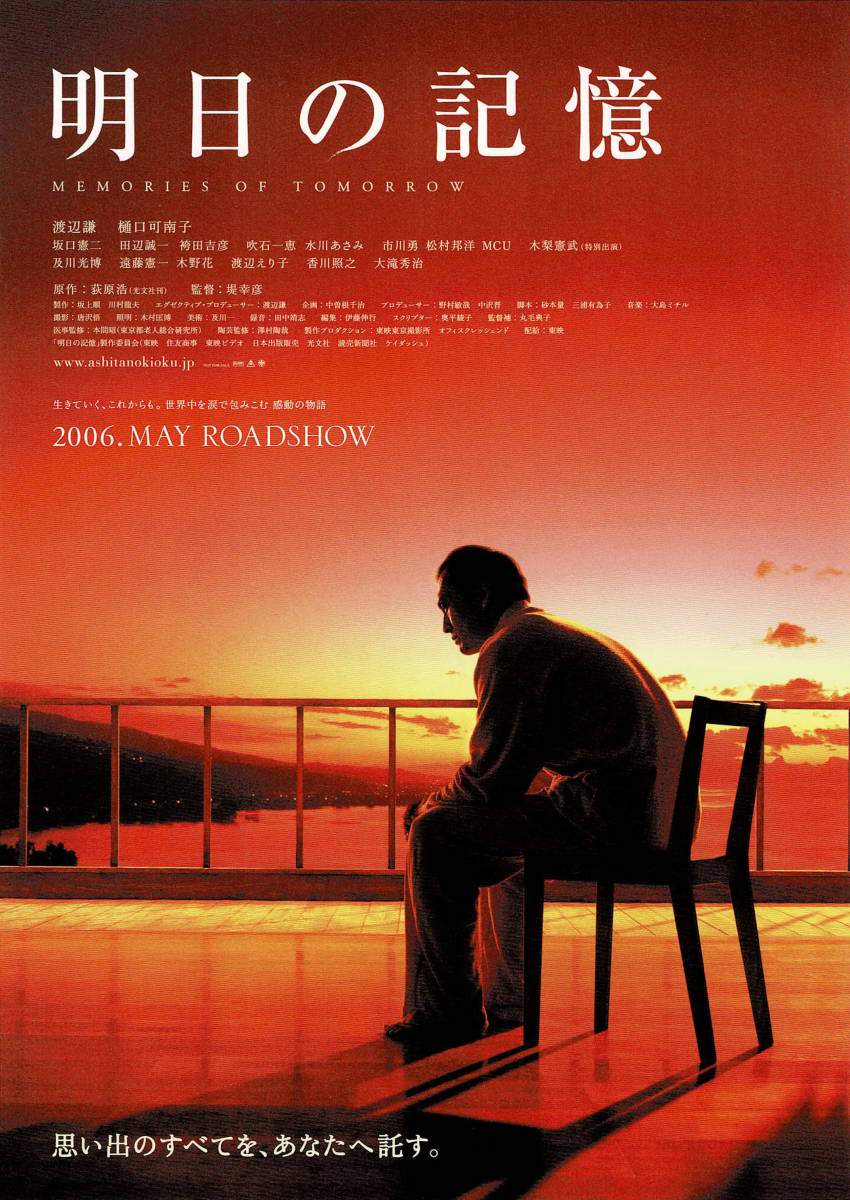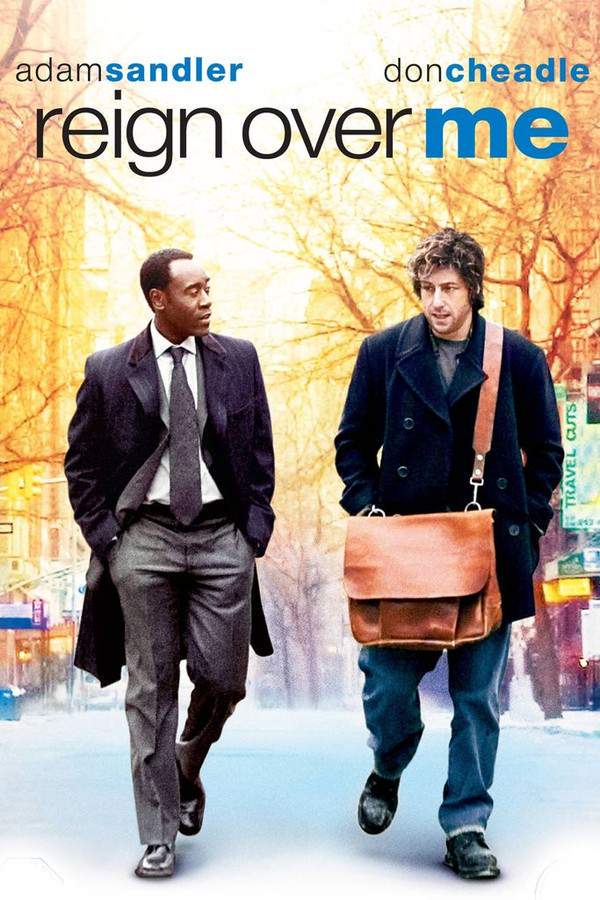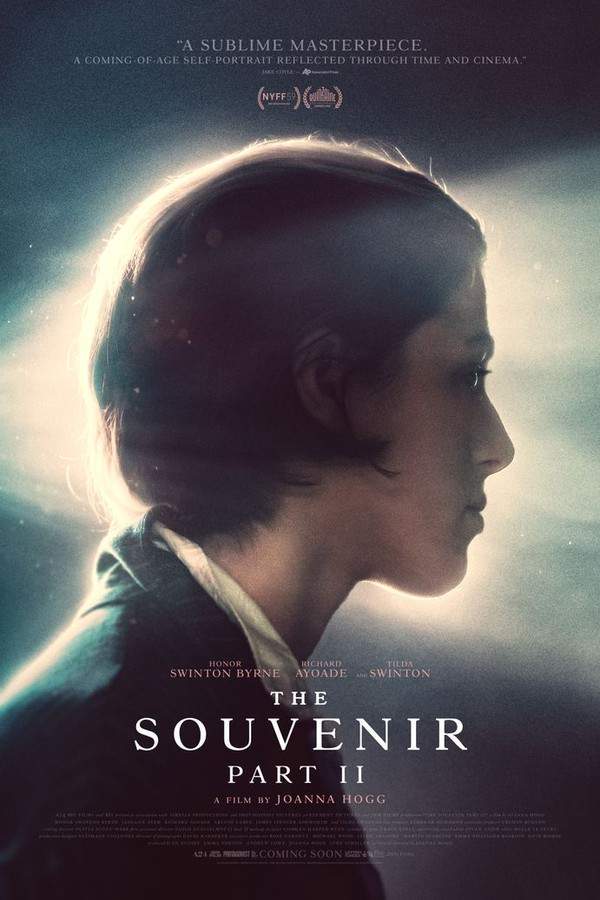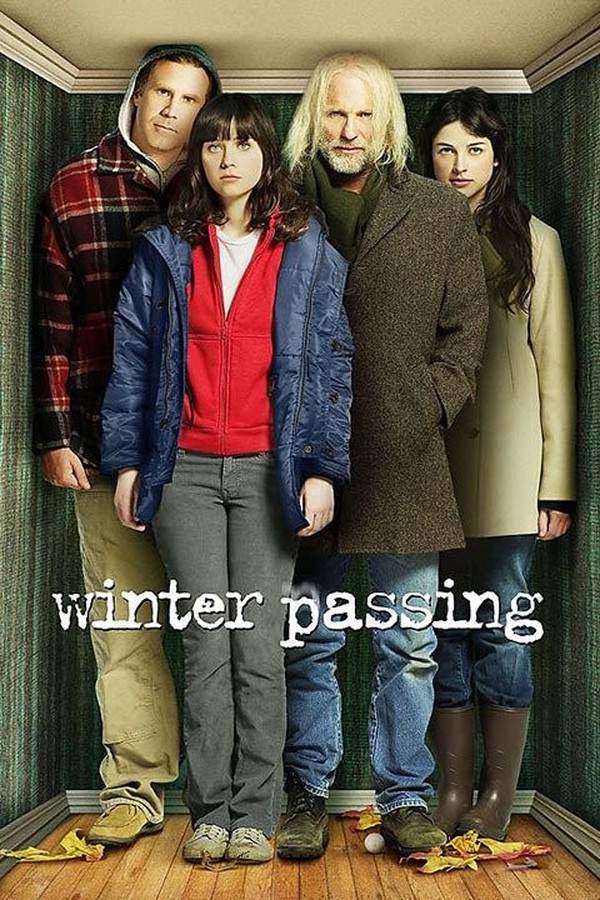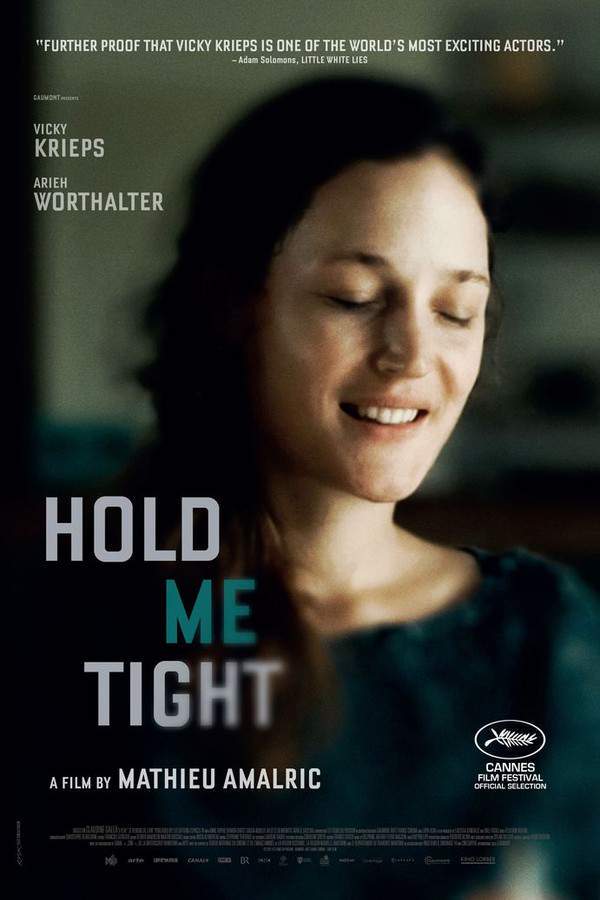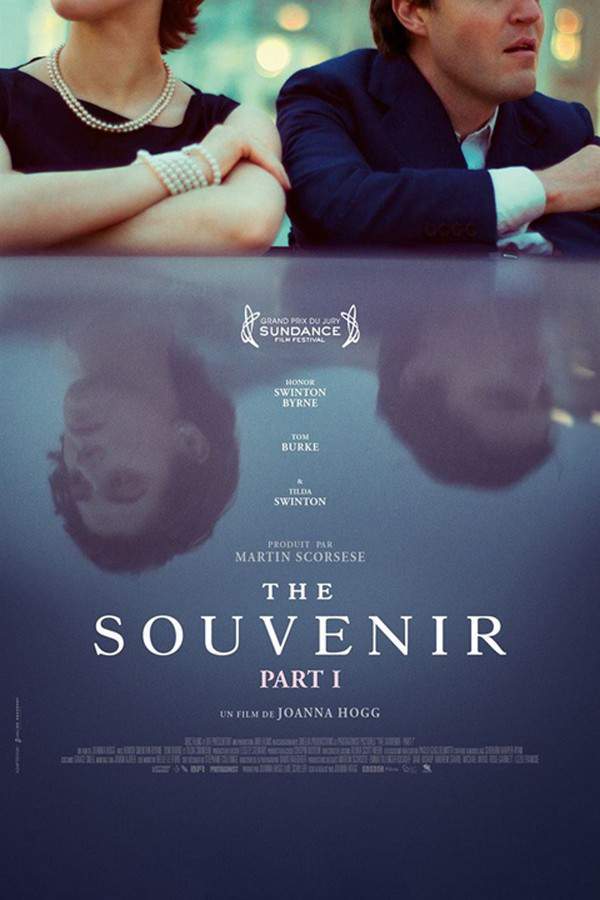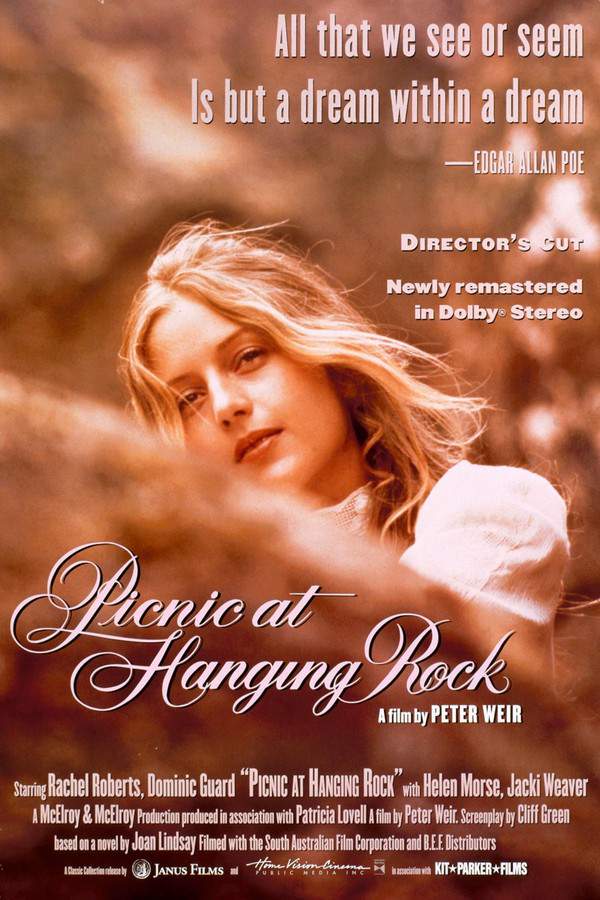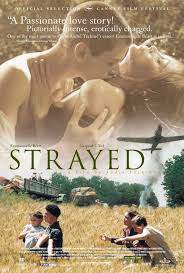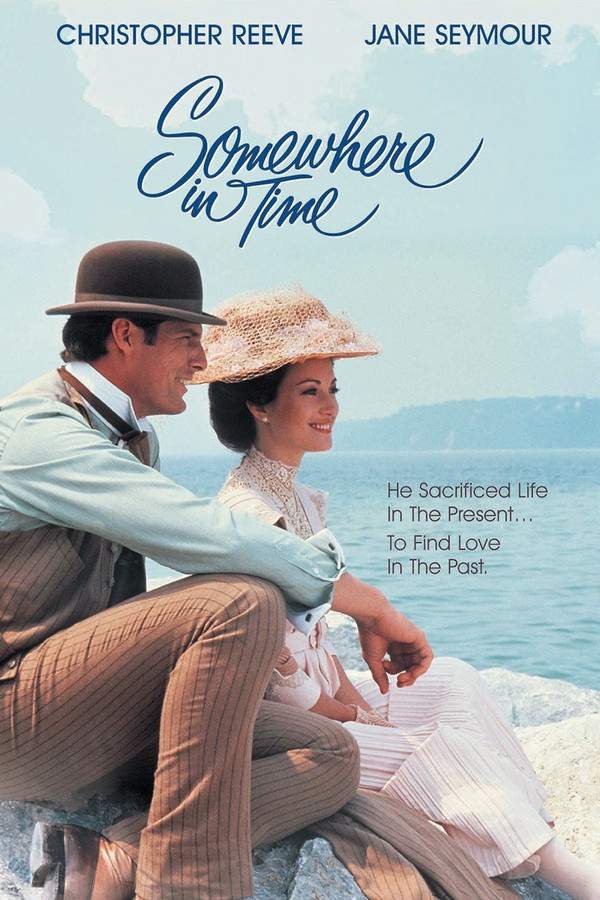
Voices in the Wind
Year: 2020
Runtime: 139 mins
Language: Japanese
Director: Nobuhiro Suwa
Following a devastating tsunami that struck Japan eight years prior, Haru embarks on a poignant journey back to her hometown. The natural disaster left deep scars, and she seeks answers about the family she lost in the flood. Her travels are filled with experiences as she confronts the lasting impact of the tragedy and searches for closure.
Warning: spoilers below!
Haven’t seen Voices in the Wind yet? This summary contains major spoilers. Bookmark the page, watch the movie, and come back for the full breakdown. If you're ready, scroll on and relive the story!
Voices in the Wind (2020) – Full Plot Summary & Ending Explained
Read the complete plot breakdown of Voices in the Wind (2020), including all key story events, major twists, and the ending explained in detail. Discover what really happened—and what it all means.
On the melancholy island of Guadalupe, under a French-ruled shadow, a band of refugees drift through the aftermath of war, cut off from friends and homeland. Among them, a nameless danger lingers in the form of a brooding man known only as El Hombre, whose memory was fractured by Nazi brutality. As he sits at a piano in a trance, his somber melody drifts through the rooms shared by Anna, Dr. Hoffman, and their invalid companion Marya Volny, stirring memories and deep regrets. The atmosphere is thick with loss and longing, and Anna, looking back on a life she and her husband one lost in their homeland of Czechoslovakia, feels the ache of what has been left behind. A government notice warns of “murder boats” that promise asylum in the United States but abandon their passengers to perish, a warning that hardens the refugees’ fate. This warning becomes the catalyst for desperate acts: El Hombre’s fury erupts as he destroys the fishing boat owned by the compassionate Angelo, a deed that enrages Angelo’s brothers, Luigi and Marco, who despise the stranger and hunger for his disappearance.
As Marya’s condition worsens, Anna is haunted by memories of Prague’s fall and the crushing choices they were forced to make. The Nazis, initially permitting a Czech pianist named Jan Volny to perform, forbid the beloved piece “The Moldau” from the concert. Transported by the beauty of the music, Volny defies the ban and ends his concert with a four-minute paraphrase of the symphony, an act that could seal the Hoffmans’ fate. Realizing the peril he invites upon his wife, Marya, Volny arranges for their smuggling out of the country, yet the escape is interrupted by violence when he is captured and subjected to horrors that unhinge him. He fights his way to Lisbon and hides aboard Angelo’s fishing boat, which carries him toward Guadalupe. In the fog of his unsettled mind, Volny cannot recall his own name, and the sea-worn refugees dub him El Hombre. The present-day Marya, drawn to the hypnotic sounds of El Hombre’s piano, finds herself compelled to move through the house toward the street, where she collapses. El Hombre, drawn to her, touches the crucifix around her neck as his own memories begin to surface.
The Hoffmans return to find Marya missing, and El Hombre recedes into the shadows, his recollections returning in fragments. Luigi’s rough voice disrupts the fragile quiet, and Angelo—hearing gunshots—discovers Luigi standing over El Hombre’s body. The wounded Angelo follows a bloody trail to Marya’s room, where the Hoffmans inform the authorities of Marya’s death. In the tense quiet by her bedside, El Hombre cradles Marya’s lifeless body in his arms, pleading for her to return to life. His pleas echo the words Marya once spoke to him in their separation, a stubborn belief that he would one day come for her. The story closes on the emotional weight of memory, guilt, and the enduring pull of love, as the man who once lost himself searches for a way back to the person who might still be there.
Last Updated: October 01, 2025 at 12:55
Explore Movie Threads
Discover curated groups of movies connected by mood, themes, and story style. Browse collections built around emotion, atmosphere, and narrative focus to easily find films that match what you feel like watching right now.
Movies about grief-stricken journeys like Voices in the Wind
Characters undertaking solemn quests to process profound loss and reclaim their identity.If you were moved by the solemn quest in Voices in the Wind, this list features similar movies where characters undertake emotional journeys to process profound loss and confront fractured memories. These stories share a heavy emotional weight and a melancholic tone, exploring themes of survival guilt and displacement in the aftermath of tragedy.
Narrative Summary
Stories in this thread follow protagonists who are compelled to travel, either physically or mentally, in the wake of a devastating personal or collective loss. The plot is less about external action and more about the internal process of revisiting traumatic memories, seeking answers, and attempting to piece together a shattered sense of self, often leading to bittersweet or sad realizations.
Why These Movies?
These films are grouped together because they share a core narrative of a grief-stricken pilgrimage. They prioritize emotional depth over plot speed, creating a consistent mood of somber reflection and a heavy, melancholic atmosphere that resonates with viewers seeking profound, character-driven dramas about healing and memory.
Atmospheric trauma dramas like Voices in the Wind
Stories where a oppressive atmosphere mirrors a character's deep internal psychological wounds.For viewers who appreciated the oppressive, haunting atmosphere of Voices in the Wind, this collection features movies where the setting and mood directly reflect a character's profound psychological trauma. These slow-burn dramas use a deliberate pace to build a deeply melancholic and somber experience, often culminating in a sad or bleak ending.
Narrative Summary
The narrative pattern involves a character grappling with severe, often wartime or disaster-related, trauma. The story unfolds slowly, focusing on the lingering psychological effects rather than a fast-paced plot. The atmosphere itself—be it a refugee camp, a desolate landscape, or a memory-haunted mind—becomes a central character, creating a sense of inescapable dread and sorrow that culminates in a tragic realization of irrevocable loss.
Why These Movies?
These films are united by their masterful use of atmosphere as a narrative tool to explore trauma. They share a slow, deliberate pace, a high level of emotional intensity, and a consistently melancholic tone. The similarity lies in the immersive, oppressive feeling that makes the viewer inhabit the character's psychological pain.
Unlock the Full Story of Voices in the Wind
Don't stop at just watching — explore Voices in the Wind in full detail. From the complete plot summary and scene-by-scene timeline to character breakdowns, thematic analysis, and a deep dive into the ending — every page helps you truly understand what Voices in the Wind is all about. Plus, discover what's next after the movie.
Voices in the Wind Timeline
Track the full timeline of Voices in the Wind with every major event arranged chronologically. Perfect for decoding non-linear storytelling, flashbacks, or parallel narratives with a clear scene-by-scene breakdown.

Characters, Settings & Themes in Voices in the Wind
Discover the characters, locations, and core themes that shape Voices in the Wind. Get insights into symbolic elements, setting significance, and deeper narrative meaning — ideal for thematic analysis and movie breakdowns.

Voices in the Wind Spoiler-Free Summary
Get a quick, spoiler-free overview of Voices in the Wind that covers the main plot points and key details without revealing any major twists or spoilers. Perfect for those who want to know what to expect before diving in.

More About Voices in the Wind
Visit What's After the Movie to explore more about Voices in the Wind: box office results, cast and crew info, production details, post-credit scenes, and external links — all in one place for movie fans and researchers.






